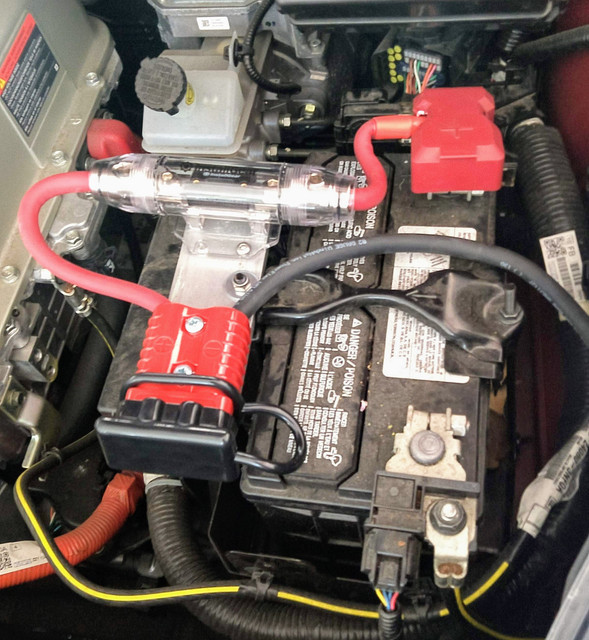I saw some videos people use their EV as emergency power backup, it can run for several days with 2018 Leaf I believe. I am planning to buy an Pure Sine Wave Inverter in case of blackout. However, the more I read about it, the more complicated it gets. It is regarding to "bonded neutral" vs "floating neutral", this is very similar to gas generator.
I bought a Reliance Control Transfer Switch TF151W for the furnace, because you cannot use an extension cord. If you understand some basic AC electrical concept, you will know in the Main Service AC Panel in our houses in North America, the Neutral (white) and Ground (Green/bare copper) are connected/bonded by code.
Now, I have a problem/question. If I need to run the following:
1. Furnace (using extension cord to the Transfer Switch, neutral/ground ARE BONDED at service panel)
2. Gas water heater (using extension cord, neutral/ground are NOT bonded)
3. Fridge (using extension cord, neutral/ground are NOT bonded)
If I need to get a Pure Sine Wave Inverter for my Nissan Leaf, what should I get? If I get a bonded neutral (Inverter tied the White+Green wire internally), then I run into problem of "double bonded" for #1 which is very dangerous. However, if I get a floating neutral (Inverter doesn't tie the White+Green wire internally), then #1 furnace will be good but #2 Gas water heater and #3 Fridge may not function properly because the micro-computer may detect it's floating may refuse to start. Either way I am stuck.
Anyone into solar panels or have used Leaf to power your home, feel free to comment. I wish we have that "Nissan Vehicle to Home" system like they are having in Japan and Europe.
I bought a Reliance Control Transfer Switch TF151W for the furnace, because you cannot use an extension cord. If you understand some basic AC electrical concept, you will know in the Main Service AC Panel in our houses in North America, the Neutral (white) and Ground (Green/bare copper) are connected/bonded by code.
Now, I have a problem/question. If I need to run the following:
1. Furnace (using extension cord to the Transfer Switch, neutral/ground ARE BONDED at service panel)
2. Gas water heater (using extension cord, neutral/ground are NOT bonded)
3. Fridge (using extension cord, neutral/ground are NOT bonded)
If I need to get a Pure Sine Wave Inverter for my Nissan Leaf, what should I get? If I get a bonded neutral (Inverter tied the White+Green wire internally), then I run into problem of "double bonded" for #1 which is very dangerous. However, if I get a floating neutral (Inverter doesn't tie the White+Green wire internally), then #1 furnace will be good but #2 Gas water heater and #3 Fridge may not function properly because the micro-computer may detect it's floating may refuse to start. Either way I am stuck.
Anyone into solar panels or have used Leaf to power your home, feel free to comment. I wish we have that "Nissan Vehicle to Home" system like they are having in Japan and Europe.

